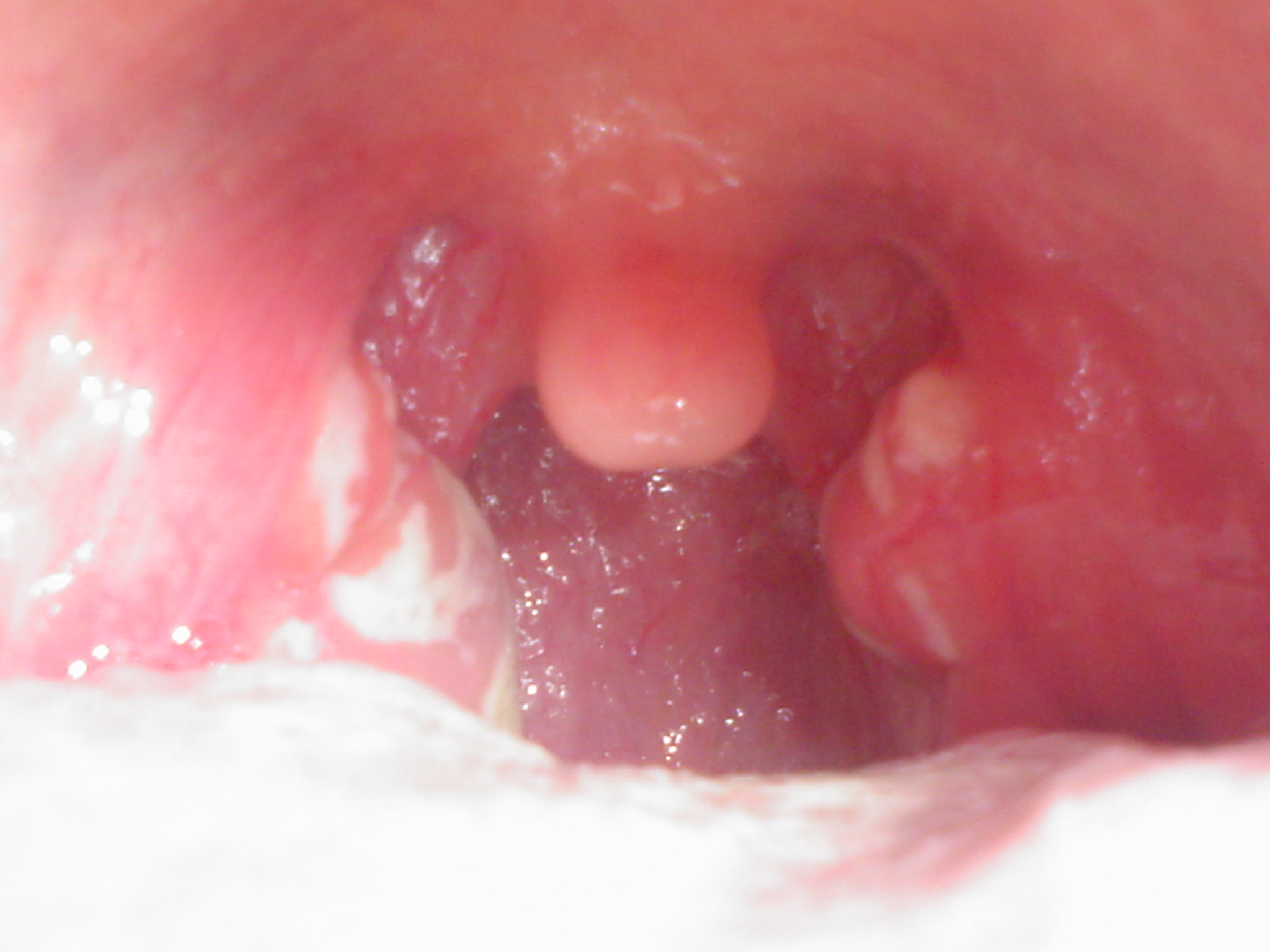Playlist
Show Playlist
Hide Playlist
Acute Pharyngitis: Definition and Epidemiology
-
Slides AcutePharyngitis InfectiousDiseases.pdf
-
Reference List Infectious Diseases.pdf
-
Download Lecture Overview
00:02 In our discussion of upper respiratory tract infections, there’s probably none more important than acute pharyngitis. 00:09 So I will speak to you about that. 00:12 First, let’s define it. 00:15 Acute pharyngitis would be inflammation of the pharynx from multiple infections and noninfectious causes characterized by this triad: fever, sore throat, and pharyngeal inflammation. 00:34 In terms of the epidemiology, this is a very, very common problem in the course of a year. 00:42 Almost 50% of children will have an episode of pharyngitis and almost 20% of adults have pharyngitis in the course of one year. 00:55 Most of the patients who have it are between the ages of 5 and 24. 01:01 And in temperate climates, we find most of the pharyngitis when people tend to be indoors winter and early spring. 01:11 And this is a very unfortunate fact that when patients go to the doctor with complaints of pharyngitis, they get antibiotics far too often. 01:25 Antibiotics are not necessary in many cases. 01:32 So what are the key elements of how these various pathogens cause sore throat? The exact mechanisms actually causing the symptoms and signs are not fully understood. 01:47 There’s been some evidence that bradykinin, prostaglandins act on sensory nerve endings, but that’s not absolutely clear. 01:58 The organism that’s been studied most extensively and we’ll talk most extensively about is group A streptococcus. 02:07 But actually, most sore throats are viral and can be caused by common cold viruses, like the coronavirus, but also, influenza virus, coxsackie, or Epstein-Barr virus notorious for causing infectious mononucleosis. 02:25 And here I’m showing you a picture of group A streptococcal pharyngitis, but more about that later. 02:33 Let’s talk about the pathogenesis of pharyngitis caused by group A strep. 02:39 This organism is notorious, it has multiple virulence factors, probably the most important of which is M protein. 02:48 It’s also got a hyaluronic capsule. 02:52 And the group A strep is able to adhere to epithelial cells of the pharynx through things that most people refer to as fimbriae. 03:02 Some scientists call them pili, and in these fimbriae are fibronectin-binding proteins and lipoteichoic acid, and that’s how group A strep adheres primarily to the epithelium. 03:21 And once it adheres, it’s able to spread through pharyngeal tissue through enzymes that can destroy tissue, like hyaluronidase, streptokinase, DNAses, and a variety of exotoxins. 03:37 So this is really quite a virulent organism. 03:42 But back to what I said earlier, most causes of pharyngitis are viral, 25% to 40% as a minimum, and these include adenovirus, rhinovirus another common cold virus, enterovirus, and we can’t forget influenza A and B. 04:03 But usually, influenza is a much more serious and troublesome infection. 04:11 So they may have pharyngitis, but they’re usually sick in many other ways and other viruses can cause it. 04:20 Of course, group A strep is an important cause because we have treatment for that and it occurs in about 10% to 15% of adults, which means that when an adult gets a sore throat, only about 10% to 15% of the time is it due to group A strep. 04:41 On the other hand, when kids get a sore throat, we’re pushing almost a third of them have group A strep as the cause. 04:51 Anaerobes can also cause pharyngitis, particularly notorious is Fusobacterium necrophorum. 04:59 We’ll have more to say about that later. 05:03 And then there are some others that physicians must at least consider, such as Corynebacterium diphtheriae, but most people are immunized in developing countries against that organism. 05:17 And we certainly need to take a good sexual history because occasionally Neisseria gonorrhoeae can cause pharyngitis. 05:27 Mycoplasma pneumoniae can cause it among young adults particularly college age people who live in dormitory settings or in the military barracks type settings. 05:39 And then among older folks, Chlamydophila pneumoniae is a cause of pharyngitis.
About the Lecture
The lecture Acute Pharyngitis: Definition and Epidemiology by John Fisher, MD is from the course Upper Respiratory Infections. It contains the following chapters:
- Acute Pharyngitis – Definition and Epidemiology
- Acute Pharyngitis – Pathology
- Microbiology
Included Quiz Questions
Which of the following triads best defines acute pharyngitis?
- Fever, sore throat, pharyngeal inflammation
- Fever, cough, lymphadenitis
- Hoarseness, cough, tonsillar exudates
- Sore throat, lymphadenitis, cough
- Cough, neck stiffness, sore throat
Among the following age groups diagnosed with acute pharyngitis, which group is most likely to have group A Streptococcus?
- 5-15 years
- 18-24 years
- 25-34 years
- 35-65 years
- More than 65 years
Which of the following is NOT a virulence factor of group A Streptococci?
- Antigen 85 complex
- M protein and lipoteichoic acid for attachment
- A hyaluronic acid capsule that inhibits phagocytosis
- Exotoxins such as pyrogenic (erythrogenic) toxin
- Streptokinase, streptodornase (DNase B), and streptolysins
Which of the following most commonly cause acute pharyngitis?
- Viruses
- Group A streptococci
- Anaerobic bacteria
- Sexually transmitted pathogens
- Mycobacterium species
Customer reviews
5,0 of 5 stars
| 5 Stars |
|
1 |
| 4 Stars |
|
0 |
| 3 Stars |
|
0 |
| 2 Stars |
|
0 |
| 1 Star |
|
0 |
I usually dislike older professors, but he explains very objectively and up to date.




